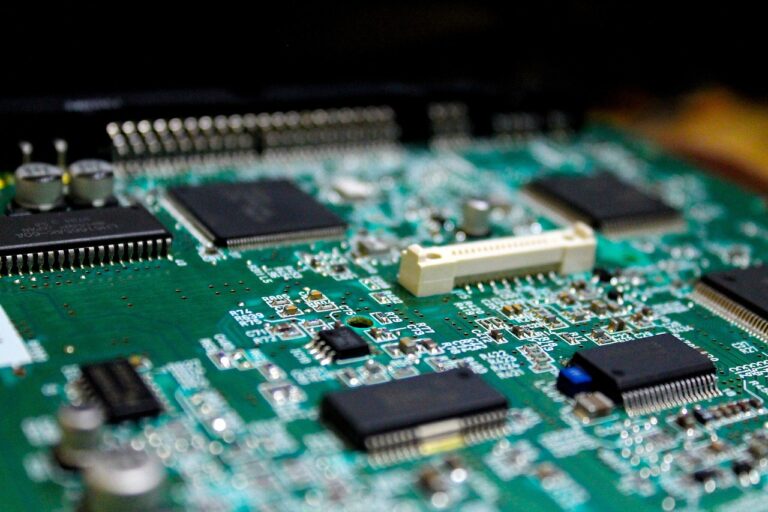
Real Time Operating Systems
In the world of technology and engineering, operating systems play a crucial role in the management and operation of devices and applications. Real-Time Operating Systems (RTOS) are essential to ensure that critical tasks are performed within a specific and predictable timeframe. This article explores in detail what real-time applications are, real-time systems, examples of critical applications, comparisons with general-purpose operating systems, and analysis of the most popular RTOS on the market. Additionally, key concepts such as multitasking, parallel computing, and concurrency are addressed, and the future trends and practical implementation of RTOS are discussed.



